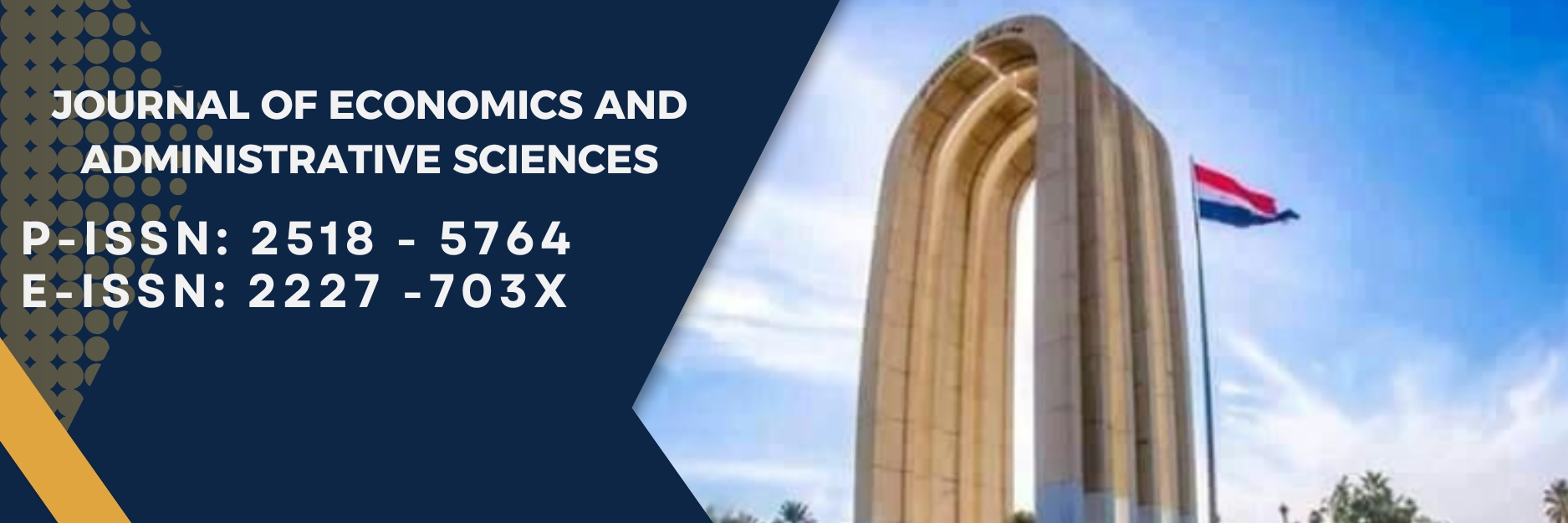Fuzzy Bridge Regression Model Estimating via Simulation
DOI:
https://doi.org/10.33095/jeas.v29i136.2607Keywords:
Fuzzy linear regression, Fuzzy least squares method, Fuzzy Bridge regression, multicollinearity, triangular fuzzy numbers, Variance Inflation Factor., الانحدار الخطي الضبابي ، طريقة المربعات الصغرى الضبابية ، انحدار الجسر الضبابي ، التعدد الخطي ، الأرقام الضبابية المثلثية ، ، عامل تضخم التباين.Abstract
The main problem when dealing with fuzzy data variables is that it cannot be formed by a model that represents the data through the method of Fuzzy Least Squares Estimator (FLSE) which gives false estimates of the invalidity of the method in the case of the existence of the problem of multicollinearity. To overcome this problem, the Fuzzy Bridge Regression Estimator (FBRE) Method was relied upon to estimate a fuzzy linear regression model by triangular fuzzy numbers. Moreover, the detection of the problem of multicollinearity in the fuzzy data can be done by using Variance Inflation Factor when the inputs variable of the model crisp, output variable, and parameters are fuzzed. The results were compared using standard mean squares error via simulated experiments and taking different sample sizes (20, 40, 80, and 160). The model's superiority was shown by achieving the least value of the mean squares error (MSE(, which indicated by the fuzzy bridge regression model.
Downloads
Published
Issue
Section
License

This work is licensed under a Creative Commons Attribution-NonCommercial-NoDerivatives 4.0 International License.
Articles submitted to the journal should not have been published before in their current or substantially similar form or be under consideration for publication with another journal. Please see JEAS originality guidelines for details. Use this in conjunction with the points below about references, before submission i.e. always attribute clearly using either indented text or quote marks as well as making use of the preferred Harvard style of formatting. Authors submitting articles for publication warrant that the work is not an infringement of any existing copyright and will indemnify the publisher against any breach of such warranty. For ease of dissemination and to ensure proper policing of use, papers and contributions become the legal copyright of the publisher unless otherwise agreed.
The editor may make use of Turtitin software for checking the originality of submissions received.


























